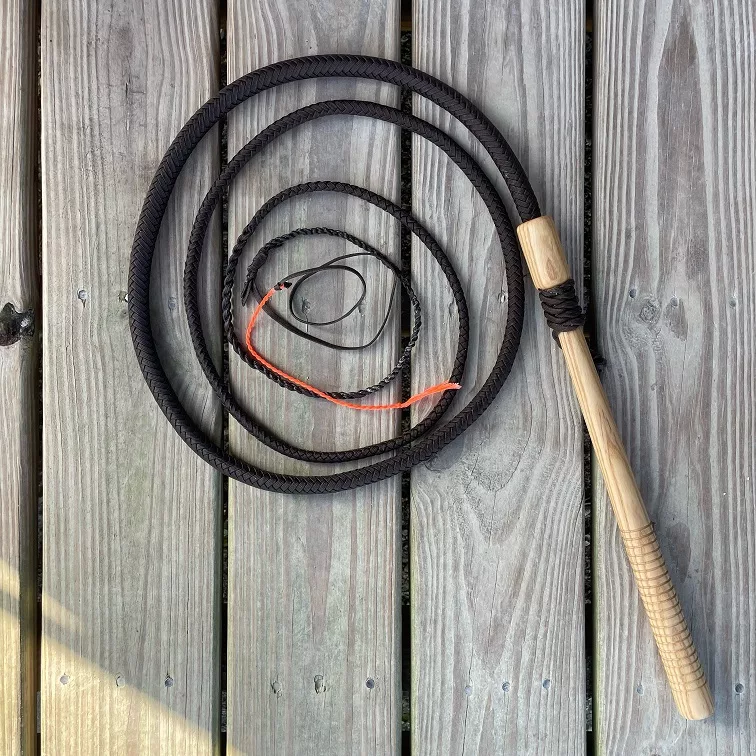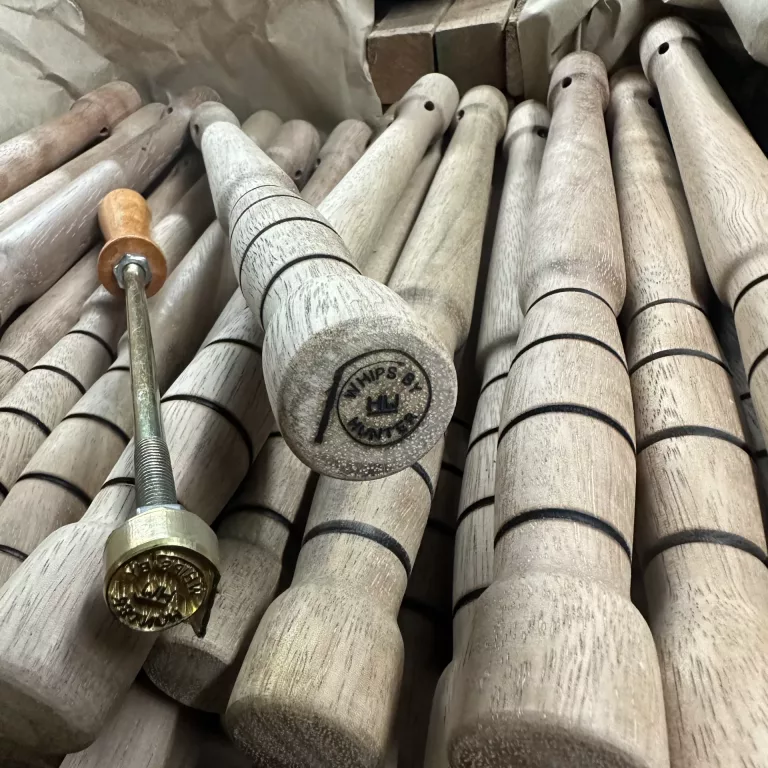What is a Cow Whip?
My Journey into Whips
Over the years, whip making and whip cracking have grown in popularity much more than I would have ever thought. It is still a very small niche, that is for sure. But when I began making whips over 12 years ago I never really knew whips were known outside the ranching world.
My first whip was from a local feed store and it was enough to peak my interest. I began making whips, selling them to other ranchers and dayworkers, making a hobby out of it. My brother and I even traded a whip for a dogie calf once!
Anyway, at one time I had no idea there where different styles of whips, but come to find out, whips have a very long and rich history throughout the world! I recently saw a piece online somewhere that claimed “cow whips” and “stock whips” were synonymous terms. Well, that is false. So here is some information about cow whips.
The Florida Cow Whip
The Florida cow whip originated here in the Sunshine state. I do not know the history of it but it has been used for working cattle for many generations. I would assume it dates back to the time when Spaniards ran cattle through Florida’s iconic landscape, but I do not know. Nevertheless, cow whips have been used for a long time to herd, drive, and work cattle. “Hunting” them in the palmettos and out of the marshes. To this day you’ll find one hanging from plenty of saddles. The term ‘Florida Cracker’ starts to make sense.
Originally, cow whips were plaited from buckskin, but today most you find are made from nylon paracord. I know some long-time cow whip makers use white paracord and beeswax, which, in my opinion, retains the nostalgic resemblance of buckskin. I like it a lot, but I primarily use paraffin wax on all my whips. Most folks order all sorts of colors, so the clear paraffin wax works best due to its transparent nature, not discoloring the whip.
What makes Cow Whips Unique
I find that a fair number of cow whips are much longer than other whips you will see. It isn’t uncommon to see cows whips 14′-16′ or ever longer. Most of mine range between 6′ and 14′, with 10 probably being most common. When working cattle, a long whip is advantageous, as you are farther away from the cattle on horseback. Also, longer whips are much easier to handle and crack via horseback. The most common way to use a cow whip is with the “overhand flick” crack. This keeps your whip to your side, avoiding your horse and allowing you to stay inline with the cattle.
As I said above, the handle is a separate piece from the whip body (also called a “thong”). The thong has two long “keeper” strands securely fasted inside the whip, which allow for it to be laced to the handle. The handle is then relatively easy to swap out and replace. Cow whips are also generally weighted with lead, making them heavy enough to produce a lot of momentum and a heck of a crack.
Conclusion
Well, that’s about all I have on cow whips for now. I don’t claim to know everything about them or their history. I’ve been plaiting and using whips for well over 12 years and this is just what I have experienced. If you have questions please feel free to contact me here, or if you would like to order a cow whip check out this page here!
Thanks for stopping by and God Bless!
Oh, and for those wondering, stock whips are an Australian style whip and often used today for whip cracking routines!


